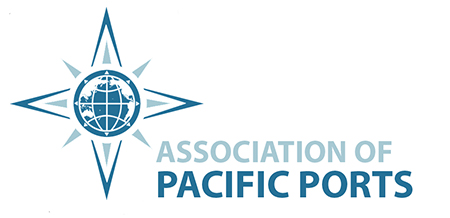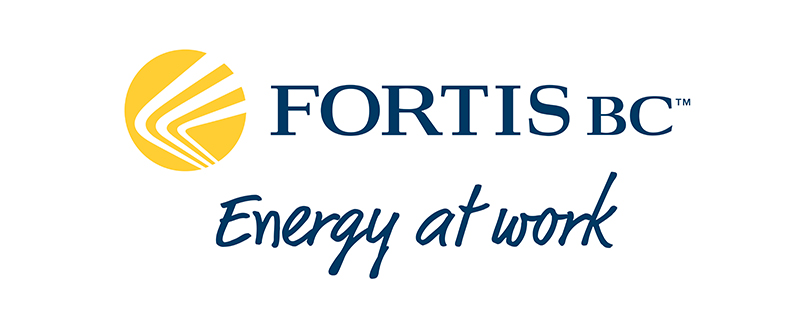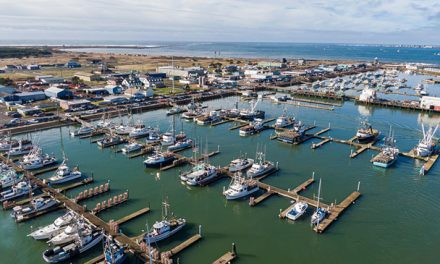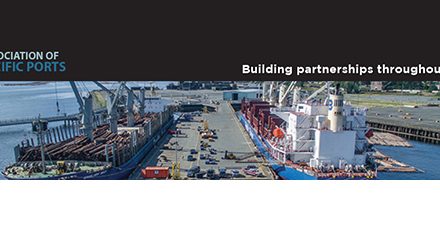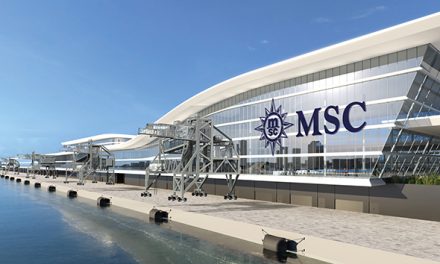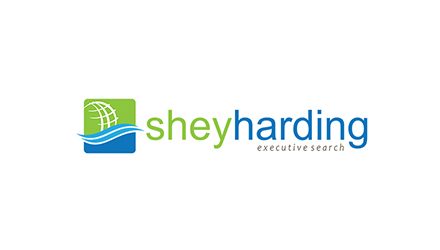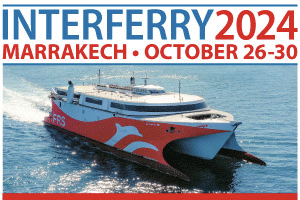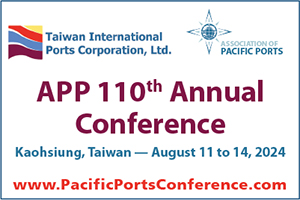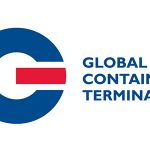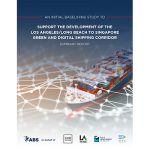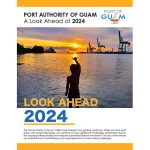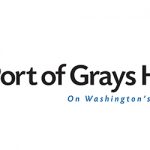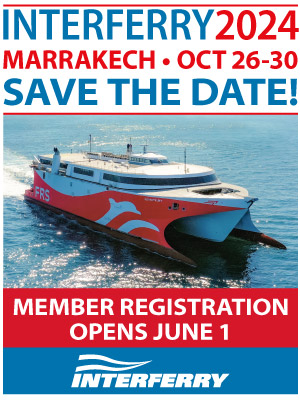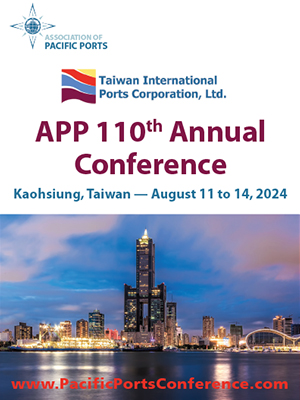July 19, 2021 — The Association of Pacific Ports is pleased to welcome FortisBC as its newest Associate Member. In joining the Association, FortisBC director of low carbon transportation and LNG business growth Sarah Smith sees a great opportunity in being able to share their experiences in the liquefied natural gas (LNG) industry as well as engage with members to identify their needs, especially in the training and handling of LNG.
“We’re looking forward to working with marine vessel operators in the Port of Vancouver, across North America and internationally to safely advance the use of LNG in marine applications,” said Smith. “We have an opportunity to develop BC as an LNG bunkering hub, presenting a great economic opportunity for the province, and capturing the environmental benefits of lowering greenhouse gas (GHG) and air contaminant emissions associated with marine transportation.”
As a Canadian-owned, B.C.-based company with approximately 2,550 employees, FortisBC delivers natural gas, electricity, and renewable energy solutions to more than 1.2 million customers in 135 communities throughout the province. They own and operate approximately 50,182 kilometres of natural gas transmission and distribution pipelines, 7,335 kilometres of electric transmission and distribution power lines, and two LNG facilities – the Mt. Hayes facility located inland on Vancouver Island, and the Tilbury Island facility in Delta, B.C. It is FortisBC’s Tilbury facility that will be of most interest to APP members.
In operation since 1971, the Tilbury LNG facility was originally built to produce and store LNG to ensure energy needs of its customers were met during periods of high demand during the winter. Since 2016, the facility has also produced LNG for marine transportation including vessels in the fleets of BC Ferries and Seaspan Ferries. The custom-built on-board tanker trailer-to-ship bunkering operation was the first of its kind in North America, allowing simple drive-in, on-deck refuelling. To ensure safe and efficient implementation of this new approach to fueling, FortisBC also develops and delivers the training and certification materials required of third-party drivers who operate the LNG marine tanker trailers. Today, BC Ferries has five LNG-fueled vessels in operation and Seaspan Ferries has two, with two more going into service this year. Since commencing on-board LNG bunkering operations, FortisBC has completed over 3000 individual bunkering events.
The company made history yet again in 2017 when it produced LNG for the first shipment of Canadian LNG to China, using ISO containers. “LNG produced at FortisBC’s Tilbury facility is some of the cleanest in the world,” said Smith, pointing to an analysis commissioned by FortisBC that quantifies how B.C. LNG could reduce global GHG emissions. “The study highlights the benefits of reducing global GHG emissions by exporting B.C. LNG produced at FortisBC’s Tilbury facility to industrial consumers in China. A lifecycle analysis shows that using LNG from FortisBC’s existing Tilbury facility to replace heavier carbon fuels in China can reduce up to 800,000 tonnes of GHG emissions per year.”
The benefits and advantages of LNG speak directly to FortisBC’s ambitious goal of reducing their customers’ greenhouse gas emissions by 30 per cent compared to 2007 levels by the year 2030. Dubbed the 30BY30 target, the target recognizes the importance FortisBC has placed on innovating, diversifying, and collaborating for a more sustainable future. Smith highlighted four key areas of focus for an achievable, affordable path to meaningful emissions reduction:
- Investing in low and zero carbon vehicles and infrastructure in the transportation sector.
- Supporting the continued growth of renewable gases in reaching CleanBC’s target 15 per cent of total annual gas supply.
- Positioning B.C. as a vital domestic and international LNG provider to lower global greenhouse gas emissions.
- Increasing investment in conservation and energy efficiency programs and developing innovative energy solutions for homes, businesses and industry.
There is anticipated increased interest in using LNG for marine fleet operators on the West Coast of North America and in Asia due in part to new international environmental regulations requiring cleaner marine fuel alternatives. FortisBC has a total pool of $100 million available for eligible marine operators who are entering into a long term LNG supply contract with FortisBC, to pay for a portion of the incremental capital cost associated with acquiring LNG-powered vessels.
The proposed Tilbury Pacific Marine Jetty adjacent to FortisBC’s Tilbury LNG facility could further the global shift to lower carbon energy by delivering lower carbon fuel to a new generation of coastal and trans-Pacific ships. The Tilbury Pacific Marine Jetty is proposed by the Tilbury Jetty Limited partnership, which is to be jointly owned by Fortis LNG Jetty Limited Partnership and Seaspan. The project is currently completing an environmental assessment under the direction of the B.C. Environmental Assessment Office, which is expected to conclude later this year. If approved, construction could begin in 2022 and be in limited service for marine LNG fuelling as early as 2023. The jetty would enable FortisBC-produced LNG to be directly loaded on to customers’ LNG bunker vessels.
With valuable insights into the handling of LNG, the APP is excited to have this knowledge resource available for Port Members and terminal operators. “LNG can help reduce emissions in the marine industry safely, affordably and quickly. Because of that, it’s a key factor in our 30BY30 target,” said Smith. “We look forward to engaging with APP members to achieve our mutual emissions reductions goals for a more sustainable marine industry.”
For more information about FortisBC, visit: FortisBC.com/marine.
